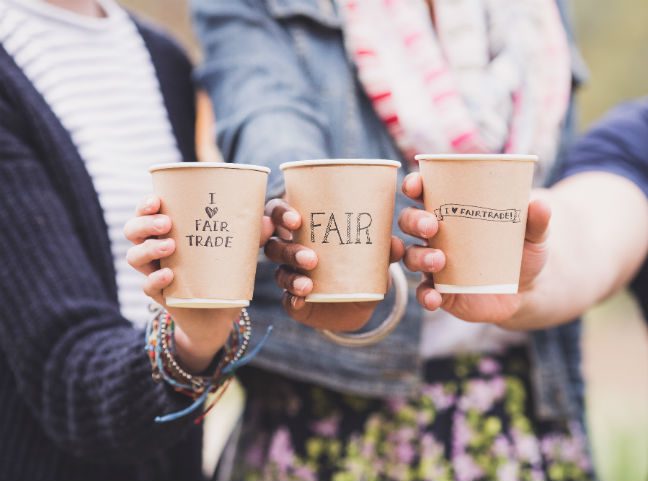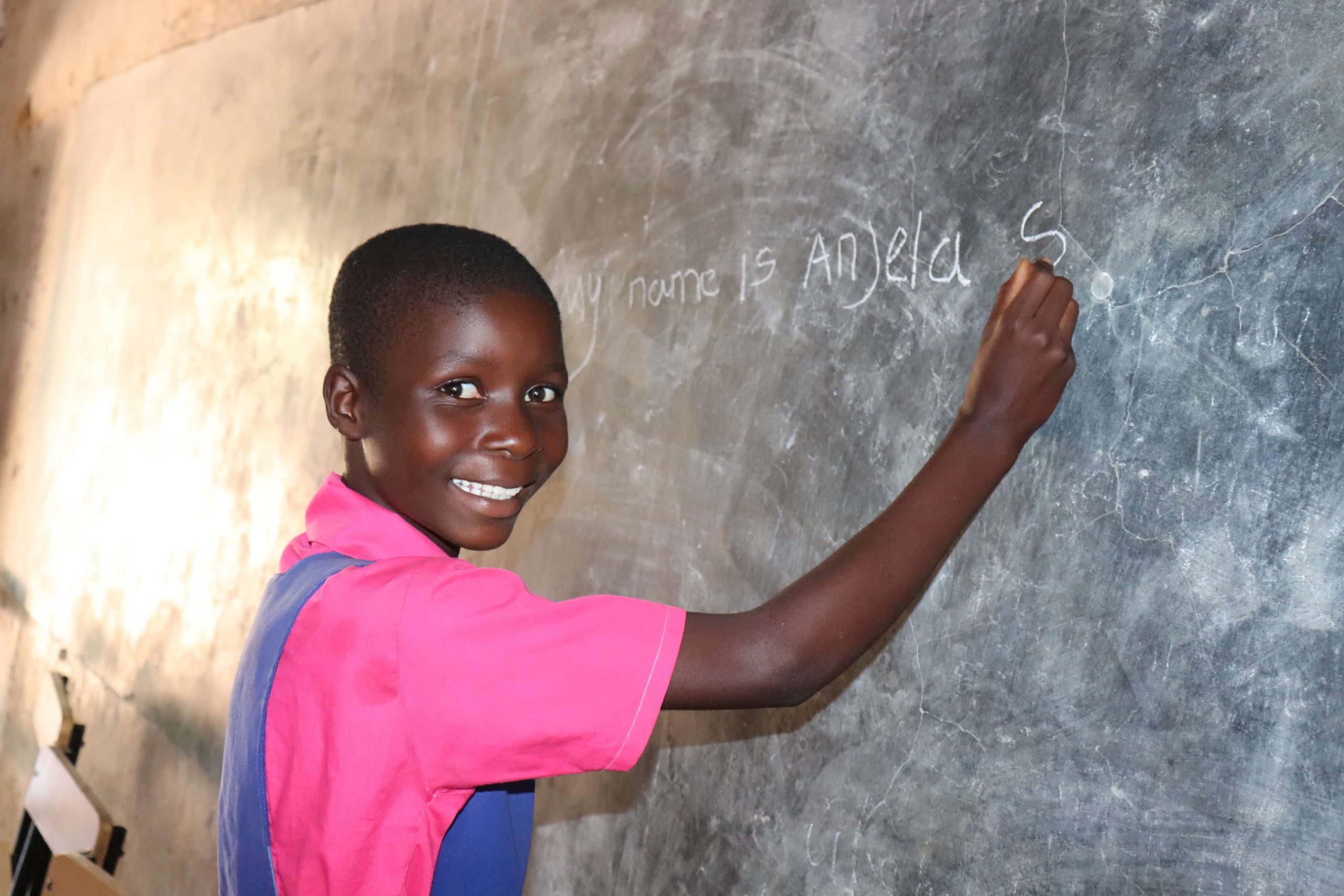By Rachel Heard, Oxfam Australia Schools Program Volunteer.
At the beginning of my first teaching placement, I asked students to write down their interests on a piece of paper, so I could get to know them better in the short amount of time we had together. The hobbies were varied, but something that kept recurring across those papers was shopping.
For many students, shopping is already tied to their lives. It’s what they do on the weekend, it forms part of their identity. It’s also something they have control over, and that means they can make choices as consumers that can change lives.
This is where Oxfam’s Term Two education resources about Fairtrade come in. Fairtrade ensures fashion, food, and anything else that is traded is bought at fair prices. It also ensures workers are not exploited, receive fair wages and working conditions. Plus, did you know a Fairtrade Premium is also paid for investment in social, environmental or economic development projects, to ensure the local community is supported, stable and secure?

Lots of students (and adults) are unaware about how the products they buy come to them, and the far-reaching impacts their choices at the register make.
It’s also a powerful practical lesson in the power of collective action – showing how together, we can make a difference:
Could you imagine if every teenager in Australia decided they would only buy chocolate that was Fairtrade?
If every school staffroom across the nation only used fair trade tea and coffee?
Or if every Aussie who owned a pair of jeans insisted they were made ethically?
Oxfam Australia’s Resources for Fairtrade are particularly useful for Humanities and Social Science subjects like Business, Economics, Commerce and Civics and Citizenship, as well as Global Politics, Home Economics and Food Technology, and Australian Curriculum general capabilities.
They’re designed so students can learn about the problem, think about their role in the issue, come up with solutions, and most importantly, act.
There are tons of small easy, actions that students can take. Being aware of their role as a consumer can mean asking where the coffee or chocolate at their favourite café is sourced from, questioning who made the jumper they’re wearing, or checking to see if there’s a Fairtrade alternative to their favourite product next time they’re in the supermarket with their parents.
Teaching your students about Fairtrade is a great way to engage them in a social justice issue that is tied closely to their lived experience. Young Australians have the opportunity to be incredibly powerful in the everyday choices they make.
In fact, being more conscious of what we buy is one of the easiest and most impactful things we can do in Australia to help ensure we one day live in a just world without poverty.
For more goodies to help teach your students about Fairtrade, check out our Term Two resources




